DIY Stacked Stone Garden Wall

by
EmDirr @ DustandDoghair.com
(IC: blogger)
4 Materials
We have several water-diverting berms (mini-hills) in our yard to help with drainage. They were ho-hum eyesores until we added some plants and a little stacked stone.
Wait...did I say "a little" stacked stone?!
Wait...did I say "a little" stacked stone?!
Although we DID buy several pallets of wall stone (someone neglected to mention he had plans beyond this project!)...we actually used two and a third pallets for this two-tier wall project: (60' of total length and about 15" high).
In the last few years, we've built several of these little walls using different techniques.
But this is the area we attacked this month:
Right behind the pachysandra is a drainage ditch...and then a hill we recently discovered was part of our yard.
If you'd like a step-by-step, you can follow the link below. A summary of the steps we took (as hobbyists, not engineers) are as follows:
We sorted the stones by size: large-area stones, chunky thick pieces, skinny shims, medium sizes, and tiny crumbles.
Then, we began to place the wall stones directly onto the landscape fabric, using larger stones as the foundation layer.
Next, we filled between the stones with pea gravel to level and stabilize.
We added the next layers using combinations of stone, often with varying thicknesses for visual interest (i.e., two or three skinny stones next to a larger thick one). All the while, we tried to keep the layers level.
This is where it becomes like a giant 3-D jigsaw puzzle: choosing rocks of varying thicknesses and sizes and making them fit.... using smaller stones as shims and supports, and adding more pea gravel to keep it all in place.
It was hard work under the hot July sun...but we love the outcome and can't wait to add plants to the two levels.
For more detail, of course, kindly visit the link provided below.
Enjoyed the project?
Suggested materials:
- Pallets of colonial wall stone (local nursery)
- Landscape fabric (big box hardware store)
- Drainage stone (big box hardware store)
- Pea Gravel (big box hardware store)

Want more details about this and other DIY projects? Check out my blog post!
Published July 20th, 2016 12:55 PM
Comments
Join the conversation
3 of 91 comments
-
No, do I need to pack it or provide a cement base. The soil is fill and pretty sandy.
 Janet Dulin
on Aug 31, 2016
Janet Dulin
on Aug 31, 2016
-
Sorry, Janet...I wish I had an answer for you. We haven't encountered that problem so I have no experience with it.
 EmDirr @ DustandDoghair.com
on Aug 31, 2016
EmDirr @ DustandDoghair.com
on Aug 31, 2016
-
-
-



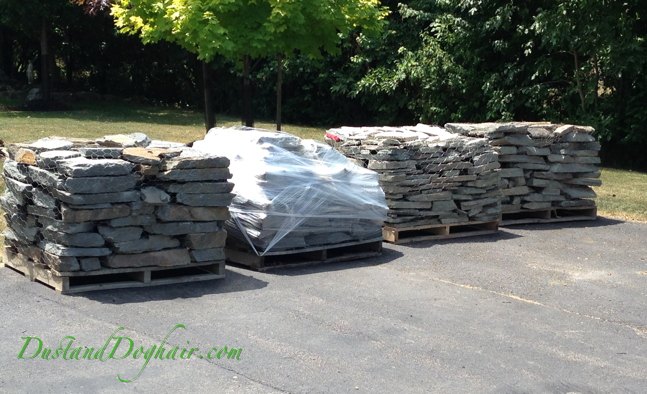











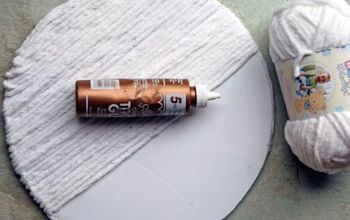
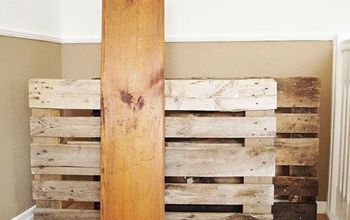



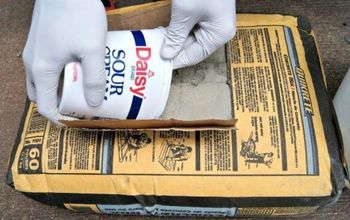
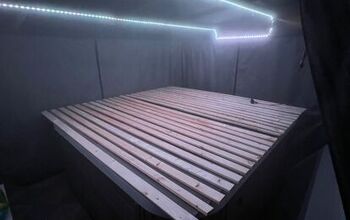

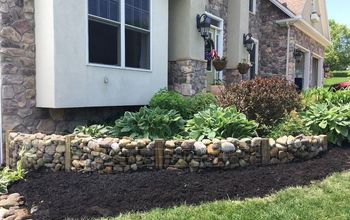


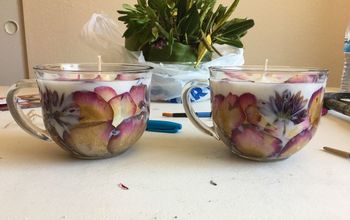
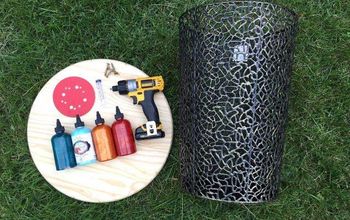
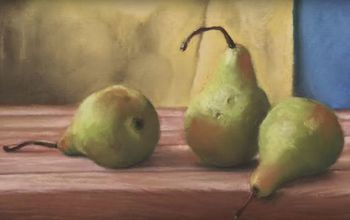
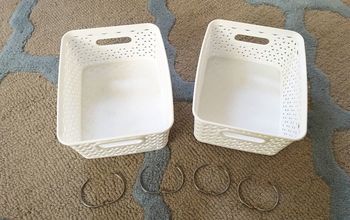


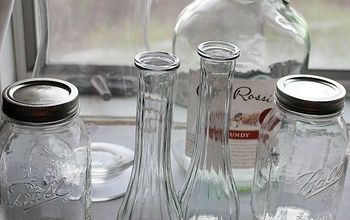
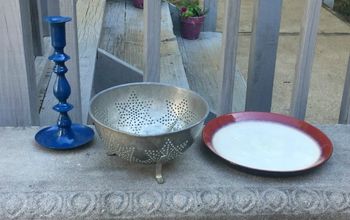
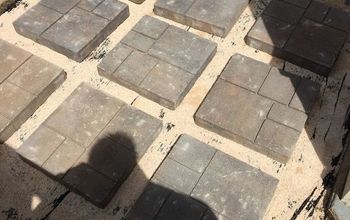
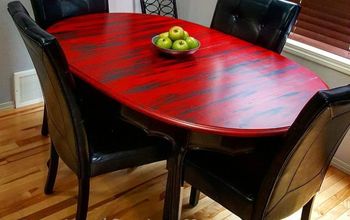


Frequently asked questions
Have a question about this project?
Is the pea gravel enough to keep the soil from washing out through the stones when it rains?